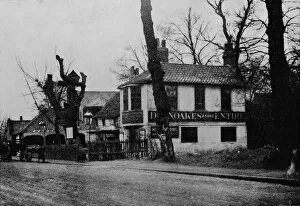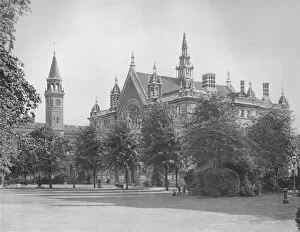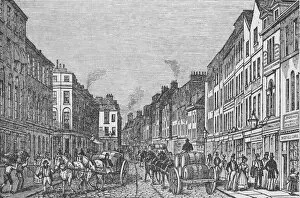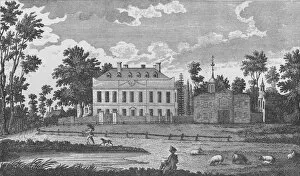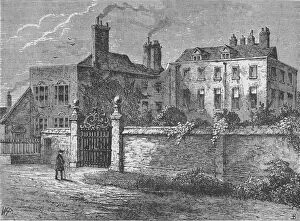Adam Charles Black Collection (page 9)
Adam Charles Black was a man of many interests and talents
All Professionally Made to Order for Quick Shipping
Adam Charles Black was a man of many interests and talents. Born in Clapham in 1812, he had a deep connection to the Holy Trinity Church that stood proudly in his neighborhood. The church's majestic architecture and rich history fascinated him, leading him to delve into its past with great enthusiasm. In 1912, Adam embarked on an exciting journey to explore the world of art. He stumbled upon Mortimer L Menpes' captivating masterpiece titled "Street in Venice. " Mesmerized by the artist's ability to capture the essence of this enchanting city, Adam found himself transported to the bustling streets and picturesque canals. Art seemed to be a recurring theme in Adam's life as he discovered another gem by Menpes called "A Family Group. " This painting from c1887 evoked feelings of warmth and nostalgia within him. It depicted a harmonious family unit, reminding Adam of his own cherished loved ones. However, it wasn't just art that captivated Adam; nature also held a special place in his heart. In 1903, he came across Menpes' breathtaking creation titled "A Mountain Torrent. " The raw power and beauty of nature portrayed in this artwork left him awestruck. Adam's love for exploring historical sites led him to King Edward the Confessor's Palace at Borstal (Brill) in 1908. Standing amidst ancient ruins filled with stories untold ignited his imagination and fueled his passion for uncovering forgotten tales from London's past. His thirst for adventure took him far beyond England's borders when he set foot on Mount Cook, New Zealand, in 1924. Surrounded by towering peaks and vast expanses of untouched wilderness, Adam felt humbled by Mother Nature’s grandeur. Back home again but still craving exploration closer to home; Wandsworth caught Adam’s attention through Menpes’ piece named "The Causeway. " This artwork showcased Wandsworth’s unique charm, with the pound and its quaint surroundings taking center stage.



